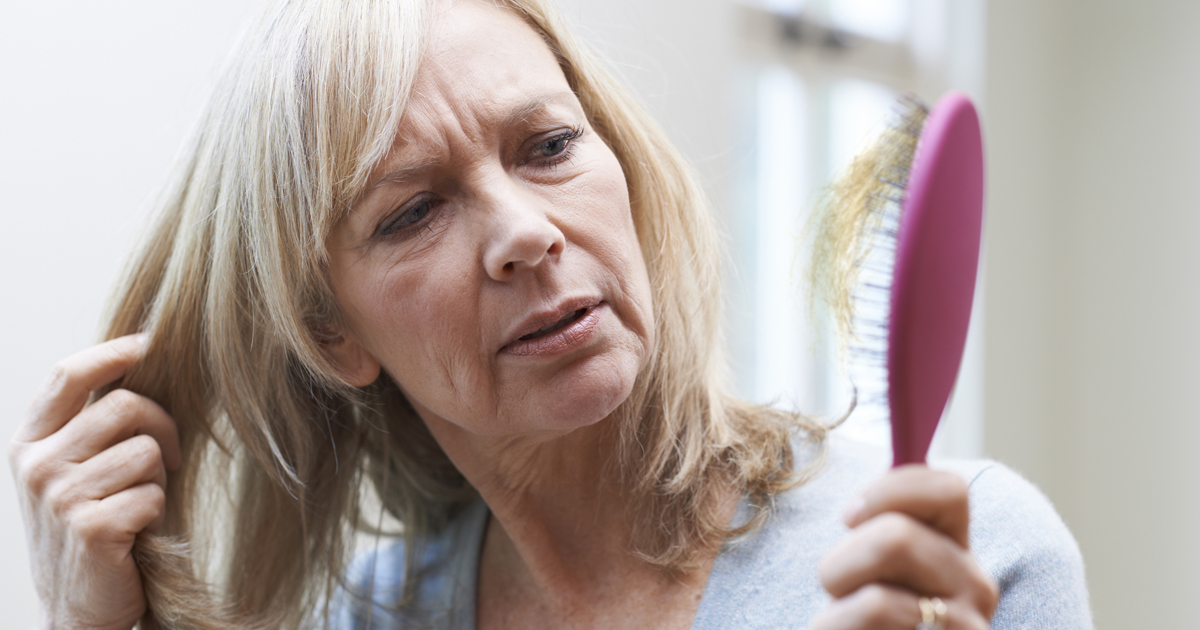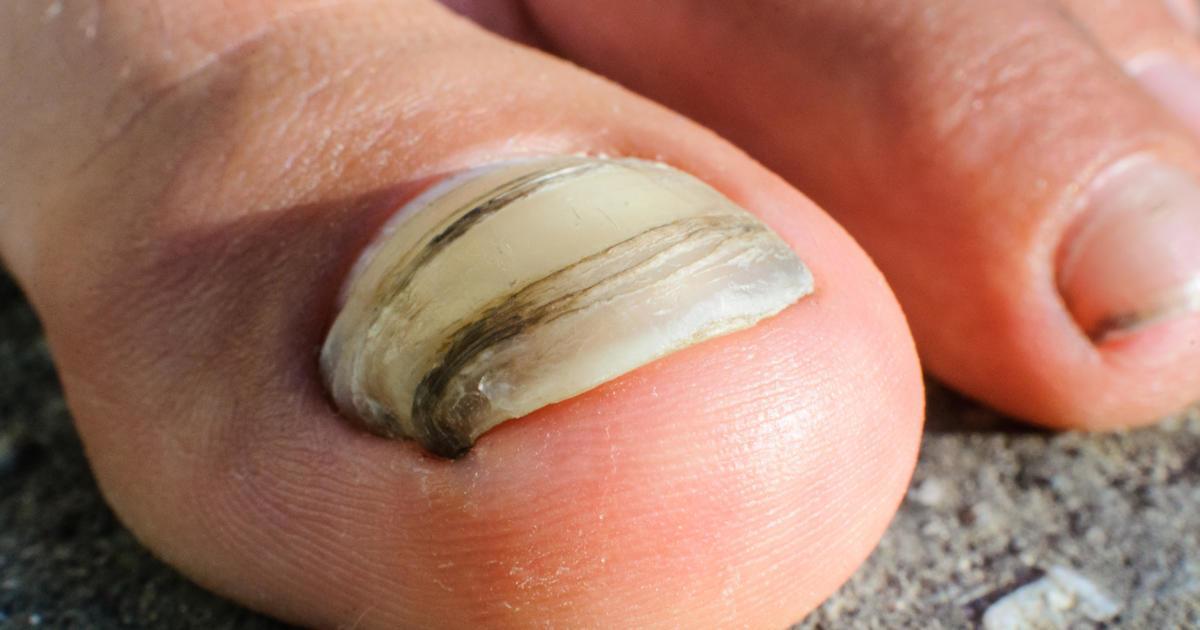Guide To The Symptoms Of Ringworm
Hair Loss In Affected Area

Individuals affected by certain types of ringworm in areas where hair follicles are located may experience hair loss. A common form of ringworm that occurs on the scalp is referred to as tinea capitis. This form of ringworm usually starts as a small bald spot that becomes itchy, red, and scaly. The bald spot then grows in size and progresses into multiple round spots that also produce shedding of the hair on the scalp.
Hair loss is common in children because tinea capitis is the most common form of ringworm to develop in children. Bald spots on the scalp that occur because of ringworm are usually not permanent. Other areas with hair, like the groin and chin, can experience hair loss when a ringworm infection is developing. As ringworm infections around the chin can be particularly severe and affect a large area, hair loss is often seen with this type of ringworm infection.
Thick Or Discolored Nails

Ringworm can also infect an individual's fingernails or toenails. In fact, reports indicate that ringworm of the nail is the most common type of fungal infection that affects the nails. One of the symptoms that appear in ringworm of the nail is patients developing thickened or discolored nails. Thickened nails, of course, are simply nails that are thicker than they should be. Nail discoloration can vary from patient to patient. However, the most common colors that appear in ringworm of the nail with this symptom are green, white, and yellow. Yellow develops the most out of these three.
